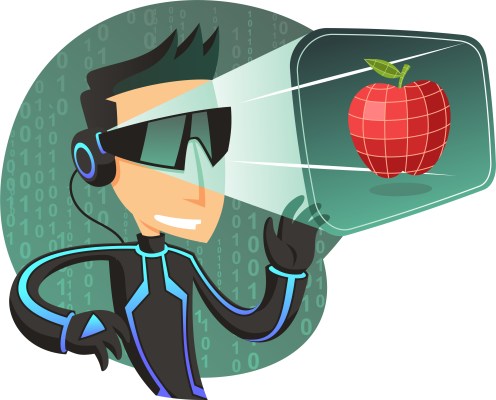There is a world of enormous educational potential with video games. Highly acclaimed simulation and tutorial games such as SimCity and Math Blaster have been continuously employed in elementary schools across the country, but the most common software used in education today is the web, word processors and spreadsheets.
Recent research from consulting firm McKinsey & Company shows that an astounding 60 percent of surveyed teachers still “lack the digital instructional resources they need.”
With the dawn of virtual reality, we are in the midst of a massive paradigm shift in how educators will perceive and incorporate video gaming experiences. Video games tend to be simulations of the real world, but given the development costs associated with quality 3D games, the range of experiences available to educators has been limited to profitable genres.
Quality educational experiences are not available with the depth of content that one might find on a video platform such as YouTube. This is all about to change with VR. There is an educational revolution waiting to happen, and captivating, deeply engaging immersive experiences will be at the heart of it all.
One can glean early signs of the educational experiences we will see in VR from user-generated content platforms. These platforms support immersive experiences that go beyond games. Take MinecraftEdu for example, which allows students to explore the Great Pyramids of Giza, understand basic electrical engineering principles and more, all in an imaginative, three-dimensional environment.
VR has long been heralded as a potential influential tool in academia.
On our platform, content creators can build an experience that shows students how birds survive in their ecosystem (Bird Simulator), or how complex it is to manage a restaurant (Work at a Pizza Place). And hundreds of academic institutions are using Second Life to give students the opportunity to visit simulations of universities, head to historically inspired landmarks or play in educational sandboxes.
These UGC experiences are immersive, but confined to the small screen. As we leap to VR, the level of immersion is much greater. Experiencing a game in VR brings the game world to life in a way that can be compared to going to Disneyland rather than watching movies about Disneyland. Players are finally “in” the game, surrounded by life-sized characters. Objects in the game are bigger and closer and feel as if they are within reach.
A good VR experience can make the participant believe they are actually in the simulation. With this comes deeper emotions. One can feel more scared, more surprised and more connected to the experience.
VR allows students to learn by doing, rather than hearing. Students can live in a Martian colony, complete with small spaces, interactive doors and oxygen tanks. Such an experience may reinvigorate a young student’s dream more than a film can. Students can participate in immersive explorations of the Amazon rainforest, allowing budding biologists to empathize with the richness and fragility of the jungle.
Junior historians can attend Martin Luther King, Jr.’s “I Have a Dream” speech, surrounded by thousands of people and feeling the scale of the National Mall. Students will more and more immerse themselves in simulations of historical events, explore previously inaccessible places with their friends or visualize abstract concepts without ever having to step foot outside their classroom.
Early demonstrations of immersive VR experiences are already venturing into the hard sciences, ranging from anatomy and biology to the social sciences, like history and literature. Titles such as InMind, Cardio VR, Chemistry VR and King Tut VR are taking students on mesmerizing excursions into places they may have never dreamed of seeing in real life.
These entertaining “virtual field trips” are giving students an opportunity to interact with the subject material first-hand. In addition, simulated classrooms offer the possibility of presenting undergraduates with virtual lessons or quizzes in the comfort of their own home.
There is an educational revolution waiting to happen.
The VR education phenomenon is growing, with programs such as Alchemy VR and EON Reality, as well as with big corporations like Google. In September 2015, Google launched its Expeditions Pioneer Program, which provides teachers all the equipment needed to take their students on enthralling globetrotting adventures on land, under the sea or even into outer space with the power of virtual reality. A number of reports claim that schools are responding favorably to Expedition, with some students expressing that implementing VR would be a “step up for education” or that they would be interested in visiting these virtual places in real life.
VR has long been heralded as a potential influential tool in academia. A 1998 study, Educational Uses of Virtual Reality Technology, published by Christine Youngblut of the Institute for Defense Analyses, found that when compared to traditional classroom environments, students of different backgrounds, ages and across a variety of different experiments generally had a positive experience with virtual reality. Moreover, their virtual lessons were evaluated as either being superior or on par with human instructors, and motivation among students was “extremely high.”
There is a coming new age in education, where students can learn by experience. This will be driven by virtual reality technology, and powered by UGC content. We are just beginning to see huge breakthroughs in the imaginative educational content that developers are creating for kids and young teenagers alike. The VR landscape is evolving — all the way from the living room to the classroom.
